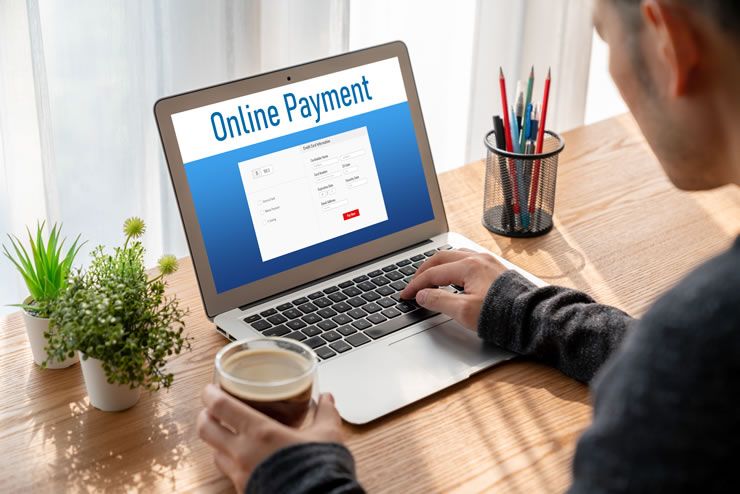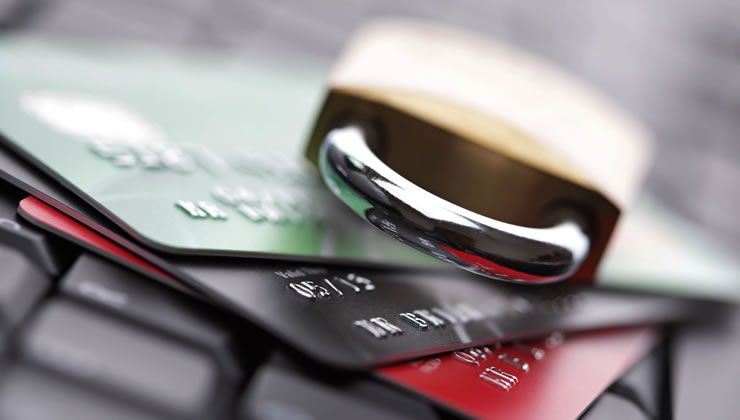A Guide to Secure Online Payments
News
Online shopping and financial transactions have become an integral part of daily life. Whether purchasing products, paying bills, or transferring funds, individuals and businesses alike rely on secure online payment systems to handle their financial dealings. However, with this convenience comes the risk of cyber threats such as identity theft, fraud, and financial loss.
In 2023, the monetary losses caused by e-commerce online payment fraud in the United States hit $41 million. A staggering 43% of consumers have been victims of online fraud. Therefore, ensuring that your online payments are secure is of paramount importance. This guide will provide you with essential strategies and best practices for making secure online payments.
1. Choose Trusted Backend Payment Processors
When making an online payment, the first step to security is selecting a trusted and reputable payment processor. Popular and widely recognized processors such as Authorize.Net offer added layers of protection for users. These processors use encryption and fraud detection systems to safeguard financial data. Avoid using lesser-known or questionable processors, as they may lack the necessary security features to protect your payment information.
Always ensure that the payment processor you use offers two-factor authentication (2FA) for added protection, requiring you to confirm your identity with a second piece of information (such as a code sent to your phone) before completing a transaction.
2. Look for Secure Website Payment Platforms that integrate with the Processors
 The most critical piece of online payments is a secure online platform for you as a merchant. The platform has three main purposes:
The most critical piece of online payments is a secure online platform for you as a merchant. The platform has three main purposes:
-
Provide you with a secure and encrypted admin console to manage your customers and initialize transactions. Think of it as a software that will automate many tasks, and ensure that only accredited admin users have access to your data and financial data.
-
Provide your customers with a secure client portal (“My Account”) on an encrypted website that lets them communicate with you and review and pay invoices.
-
Initialize immediate transactions through the selected payment processor for better cash flow management.
Allinone-Software.com ( Allinone-Software.com ) is such a payment platform offering your business a 360 degree security blanket.
3. Use Strong and Unique Passwords
One of the most basic but important steps in securing your online payments is using strong, unique passwords for all of your financial accounts. A strong password should include a combination of uppercase and lowercase letters, numbers, and special characters. Avoid using easily guessable information such as your name, birthdate, or common words.
Consider using a password manager to generate and store complex passwords for each account, as it is difficult to remember multiple strong passwords. Additionally, never reuse passwords across multiple platforms, as one breach could compromise all of your accounts.
4. Enable Two-Factor Authentication (2FA)
As mentioned earlier, two-factor authentication adds an additional layer of security by requiring more than just a password to log in or authorize a payment. Typically, this involves a code sent to your phone or email or a biometric scan (fingerprint or facial recognition). Even if a hacker obtains your password, they would still need access to your secondary authentication method to complete the payment.
Many financial services and online merchants offer 2FA as an option, so make sure it’s activated whenever possible to reduce the risk of unauthorized transactions.
5. Monitor Your Transactions Regularly
To ensure that your online payments remain secure, it is crucial to monitor your bank and credit card statements regularly. Look out for any suspicious or unauthorized transactions. Most financial institutions offer online banking apps and alert systems that notify you of any changes to your account. If you spot any discrepancies, report them to your bank immediately.
Additionally, consider enabling transaction alerts on your online payment accounts. These notifications will alert you whenever a payment is processed, allowing you to act quickly in case of fraud.
6. Avoid Public Wi-Fi for Transactions
Public Wi-Fi networks, such as those in coffee shops, airports, and libraries, are not secure and can expose your payment details to hackers. Avoid conducting online transactions or entering sensitive information when connected to public Wi-Fi. If you must use public Wi-Fi, ensure you use a virtual private network (VPN) to encrypt your internet connection and protect your data from prying eyes.
7. Be Wary of Phishing Scams
Phishing scams involve cybercriminals attempting to trick you into revealing personal or financial information through fraudulent emails or websites. Always be cautious of unsolicited emails, messages, or links that ask for payment information or login credentials. If you receive an email claiming to be from a legitimate service but seems suspicious, do not click on any links or attachments.
Instead, visit the official website of the service directly by typing the URL into your browser or contacting their customer service department for confirmation. Always verify the source before submitting any sensitive information.
8. Keep Software and Devices Updated
Outdated software, including your web browser, operating system, and antivirus program, can have security vulnerabilities that cybercriminals can exploit. Regularly update your devices and software to ensure you have the latest security patches installed. Additionally, ensure your device has antivirus software installed and that it is regularly updated to detect and block malware.
Conclusion
While online payments offer unmatched convenience, they also come with risks. However, by following the practices outlined in this guide—choosing a secure payment platform such as Allinone-Software.com ( Allinone-Software.com ), using strong passwords, enabling two-factor authentication, and monitoring transactions—you can significantly reduce your chances of falling victim to online fraud. Staying informed about potential threats and implementing the right security measures will ensure that your online payment experiences are both safe and stress-free.
Address
WEEcommunicate, Inc
3109 Grand Ave. , Ste 416
Miami, FL 33133
USA

